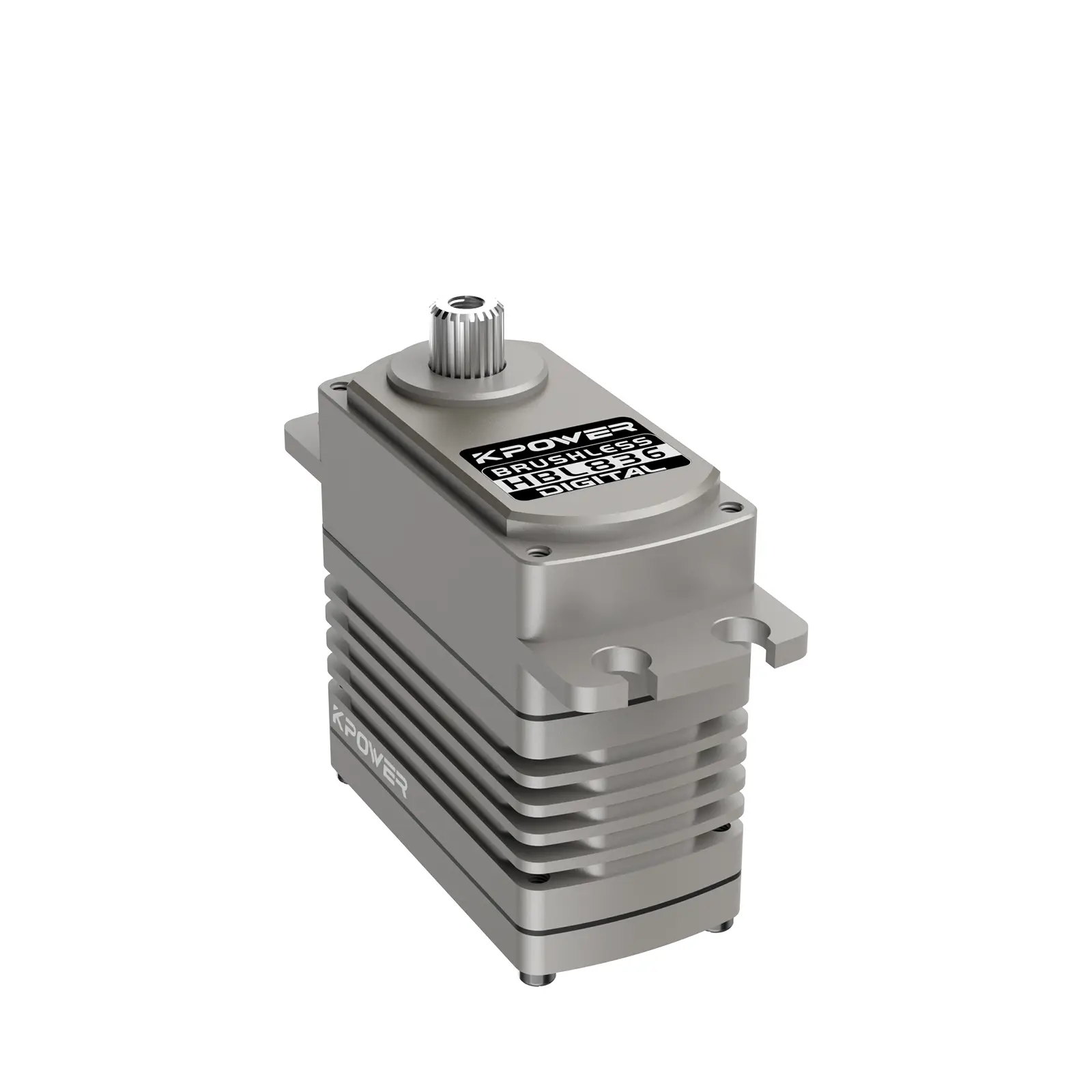Ever wondered how some tech teams seem to move faster and scale smarter? It’s not magic — it’s smart architecture, breathing life into their development process. Building microservices with Docker isn’t just a buzzword; it’s the secret sauce to agility, reliability, and ultimately, innovation. Imagine slicing a huge monolith into smaller, manageable chunks, each running independently but harmoniously. That’s microservices. Now, toss in Docker, and suddenly your environment becomes portable, consistent, and easy to deploy on any machine — be it a developer’s laptop or a cloud server.

Why is everyone so caught up with Docker in microservices? Because it simplifies the whole chaos, turning it into a well-organized symphony. Need a new feature rolled out quickly? With Docker, you just spin up a new container, test it, and deploy. No more messy dependencies or environment mismatches. It’s like packing your app with all the ingredients it needs, so it’s exactly the same everywhere. Think about a scenario: your app has a language runtime, a database, maybe caching tools. Docker wraps all that into neat little containers, so they work in perfect harmony, regardless of where they are.
Some folks ask, “Isn’t managing containers complicated?” Sure, it needs a good strategy, but it's way easier than managing a giant, unwieldy codebase. Plus, you can automate those deployments, monitor containers, and scale horizontally at will. Ever faced a situation where a traffic spike caused your system to wobble? Docker microservices architecture makes horizontal scaling a breeze. Add more containers, and you’re off to the races. No downtime, no fuss — that’s the beauty.
And here’s something interesting: Docker’s lightweight. You get a lot of bang for your buck because containers use fewer resources than traditional VMs. So, you can run more microservices on the same hardware, making your infrastructure more cost-efficient and resilient. Plus, with Docker, rolling back to a previous version becomes almost trivial — just redeploy the container. No more long downtimes or risky updates.
When it comes to building microservices with Docker, the question isn't just about technology but about transforming how you develop and operate software. It streamlines everything from development, testing, to deployment, cutting down time and reducing errors. That’s why companies are increasingly shifting in this direction. They want their services to be nimble, their updates seamless, and their environment consistent.
Think about your favorite app on the phone. Behind the scenes, it’s probably a tangled web of interconnected microservices working in harmony. Docker’s role? It acts like gravity, making sure all these tiny pieces stay in sync, work efficiently, and get you the best possible experience — fast, reliable, and scalable. If you’re looking to give your development pipeline a facelift, adopting a microservices design with Docker isn’t just a smart choice — it’s a game changer.
Established in 2005, Kpower has been dedicated to a professional compact motion unit manufacturer, headquartered in Dongguan, Guangdong Province, China. Leveraging innovations in modular drive technology, Kpower integrates high-performance motors, precision reducers, and multi-protocol control systems to provide efficient and customized smart drive system solutions. Kpower has delivered professional drive system solutions to over 500 enterprise clients globally with products covering various fields such as Smart Home Systems, Automatic Electronics, Robotics, Precision Agriculture, Drones, and Industrial Automation.




































